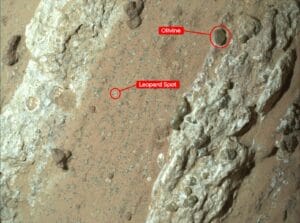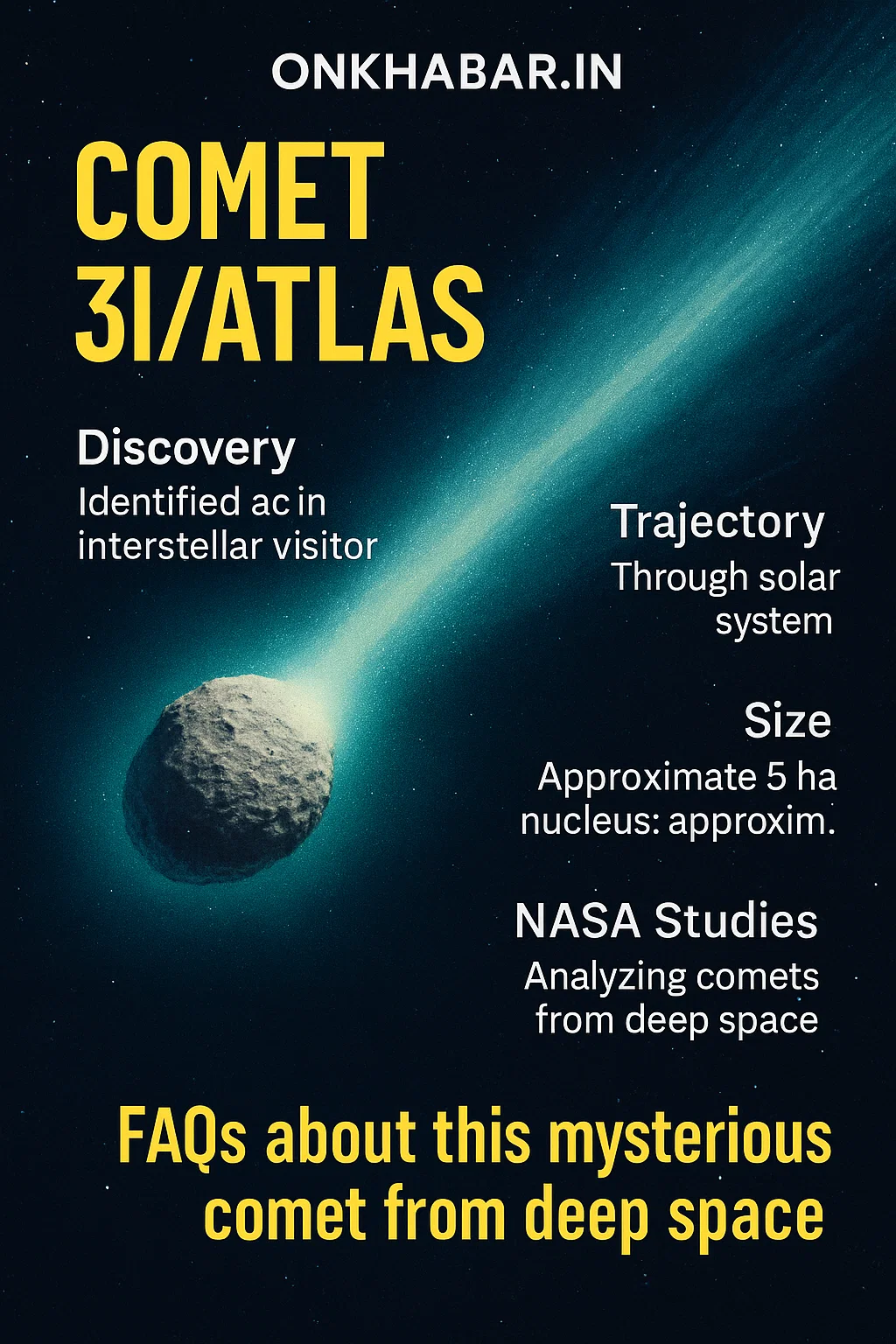
In a thrilling announcement that has sent ripples through the scientific community, NASA revealed on September 10, 2025, that its Perseverance rover has discovered the most compelling evidence to date for potential ancient life on Mars. This isn’t proof of little green men, but something perhaps more profound: a potential biosignature on Mars that hints at a time when microbial life could have thrived on the Red Planet.

The discovery, detailed in a peer-reviewed paper in the prestigious journal Nature, centers on a rock sample collected from an ancient riverbed within Mars’s Jezero Crater. It represents a significant milestone in a quest that has captivated humanity for generations.
The Scene of the Discovery: Jezero Crater
To understand why this finding is so exciting, we need to look at the location. Perseverance has been exploring Jezero Crater, a site chosen specifically because scientists believe it was once a lake filled with liquid water billions of years ago. If life ever existed on Mars, the sediments of an ancient lakebed are one of the most likely places to find its fossilized clues.
In July 2024, the rover drilled into a fascinating arrowhead-shaped rock nicknamed “Cheyava Falls,” located in a region known as “Bright Angel.” The sample it collected, called “Sapphire Canyon,” turned out to be far more special than anyone could have imagined.
This animation depicts water disappearing over time in the Martian river valley Neretva Vallis, where NASA’s Perseverance Mars takes the rock sample named “Sapphire Canyon” from a rock called “Cheyava Falls,” which was found in the “Bright Angel” formation. Credit: NASA
What Exactly Did Perseverance Find?
The discovery boils down to three key pieces of evidence that, when combined, make a powerful case.


1. The “Leopard Spot” Pattern
When Perseverance’s high-resolution cameras zoomed in on the rock, they revealed a striking pattern of dark and light spots. Scientists quickly nicknamed them “leopard spots.” On Earth, such patterns in sedimentary rock can be created by microbial communities as they interact with their environment, leaving behind a mineral record of their existence.
2. Minerals Linked to Life
Inside the rock, the rover’s sophisticated instruments, PIXL and SHERLOC, detected two specific iron-rich minerals: vivianite and greigite.
Vivianite is a mineral often found on Earth in environments like peat bogs and lake sediments where organic matter is decaying.
Greigite is another mineral that certain microbes on Earth produce as a byproduct of their metabolism.
Crucially, these minerals were arranged in a “bullseye” or concentric circle pattern. This is a classic sign of a chemical reaction front, similar to how microbes on Earth transfer electrons to generate energy in oxygen-poor mud.
3. Ruling Out Other Explanations
The most critical step in a discovery like this is to ask, “Could this have happened without life?” NASA scientists spent a full year analyzing the data to see if non-biological (abiotic) processes could explain the findings.
They considered factors like extreme heat from volcanic activity or highly acidic conditions. However, the rock’s history didn’t show signs of these extreme environments. While an abiotic origin can’t be completely ruled out, the team concluded that the most compelling explanation, based on our understanding of Earthly geology, is a biological one.
So, Have We Found Life on Mars?
Not yet—and NASA is very clear about this. The findings are classified as a potential biosignature. This is a cautious but incredibly important scientific term. It means the evidence is a strong hint of past life, but it’s not definitive proof.
As the old saying goes, “extraordinary claims require extraordinary evidence.” NASA uses a special scale called the Confidence of Life Detection (CoLD) to rank such evidence. This discovery is a promising step up that scale, but it hasn’t reached the top.
What Happens Next? The Need for a Return Trip
The instruments on Perseverance are incredibly advanced, but they are no match for the massive, sensitive laboratories we have on Earth. To get a definitive answer, we need to bring the sample home.
The “Sapphire Canyon” sample is one of many that Perseverance has been collecting for the future Mars Sample Return mission. This ambitious joint project by NASA and the European Space Agency (ESA) aims to send a spacecraft to Mars, retrieve these samples, and bring them safely back to Earth.
Once here, scientists could conduct more precise analyses, such as:
Isotopic Analysis: Life prefers to use lighter versions of elements like carbon. Finding a specific ratio of light to heavy carbon atoms in the sample would be a very strong indicator of biological activity.
High-Resolution Microscopy: Scientists could search for physical structures, like fossilized microbial cells, that would be undeniable evidence.
The main challenge? The Mars Sample Return mission is facing significant budget and timeline delays. The world may have to wait a while longer for the final chapter of this story to be written.
Conclusion: A Profound Step Forward
Even without a definitive “yes,” this discovery is a monumental achievement. It provides the best target yet for future study and suggests that Mars may have been habitable for longer than we thought. If this potential biosignature is confirmed, it would fundamentally change our understanding of life’s place in the universe, suggesting that life is not a rare accident but a more common cosmic phenomenon.
The lonely robot on Mars has handed us a tantalizing clue. The next step is up to us.
Frequently Asked Questions (FAQ)
Q1: What is a biosignature?
A: A biosignature is any substance or pattern that provides scientific evidence of past or present life. It can be a complex molecule, a specific isotope ratio, or a fossilized structure. The key is that it’s more likely to be produced by life than by non-biological processes.
Q2: Why can’t Perseverance confirm life on its own?
A: Perseverance’s instruments are designed to identify potential biosignatures. Confirming life requires extremely complex and heavy laboratory equipment that can’t be fitted onto a rover. The final analysis needs to be done in labs on Earth.
Q3: What are the non-biological explanations for the “leopard spots”?
A: Scientists considered processes like chemical self-organization (where minerals form patterns without life) or reactions driven by fluctuating water chemistry over time. However, the team’s analysis found these explanations less likely than a biological one for this specific rock.
Q4: When will the Mars samples be returned to Earth?
A: The timeline is currently uncertain. The Mars Sample Return mission, a partnership between NASA and ESA, is facing significant technical and budgetary challenges. Initially planned for the early 2030s, the return date may be delayed.
Q5: What is the Confidence of Life Detection (CoLD) scale?
A: The CoLD scale is a framework NASA uses to measure how confident we are in a potential sign of life. It has seven levels, starting with detecting a potential biosignature and ending with definitively ruling out all non-biological explanations. This discovery represents a step up this scale but is not yet at the top.









hello